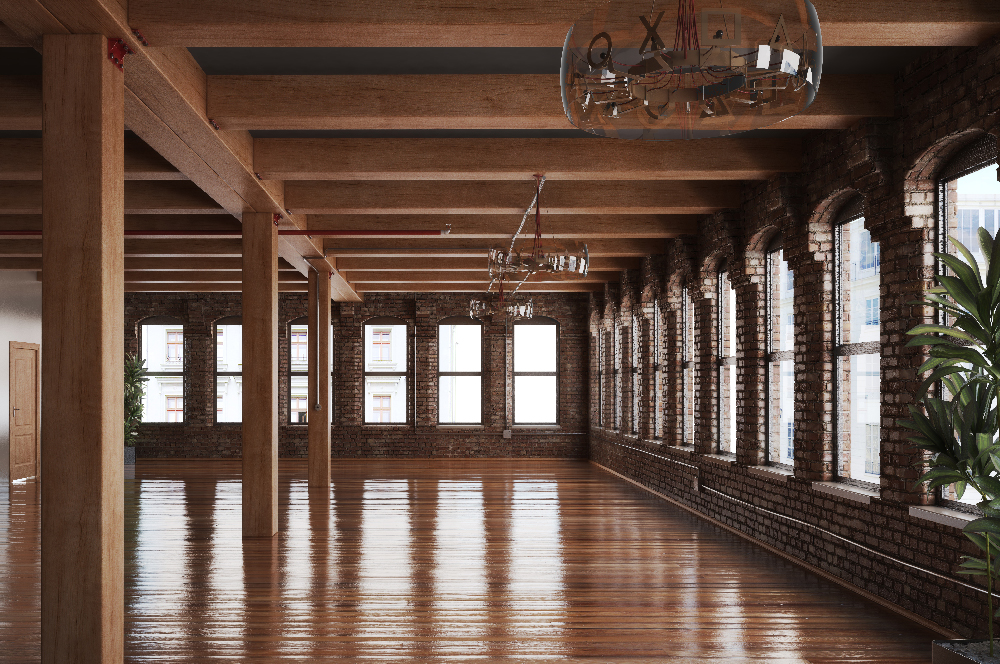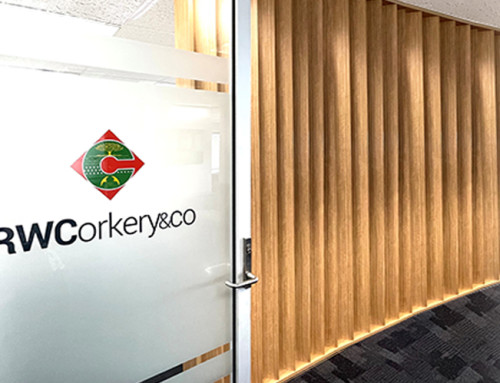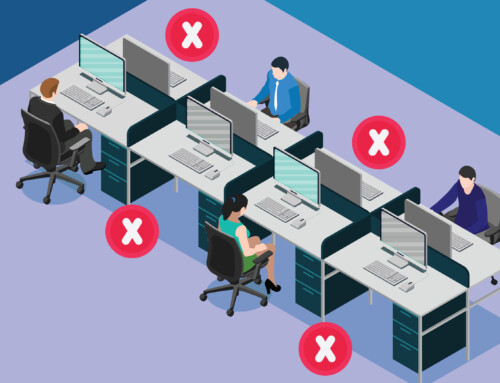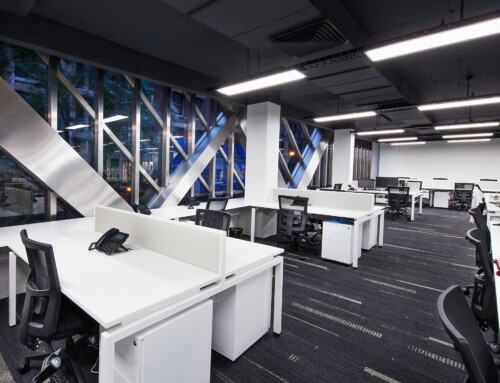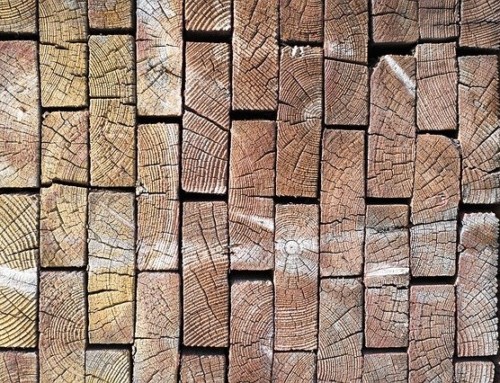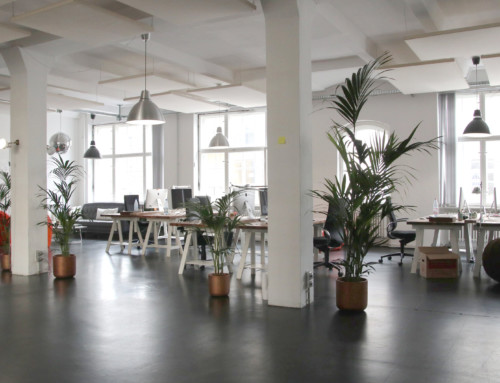Weaving more natural elements, like wood, into indoor spaces is one of the biggest trends in modern architecture right now – wood architecture. Modern architecture has been reviving the nuts and berries architecture of the 60’s lately, favouring organic and natural houses and weaving more natural materials like wood into their work. The visual why is obvious – woods like timber have always added a natural aesthetic of a homey, rustic appeal to any space they appear in. This however, may not be the only reason why more and more architects are trying to incorporate more and more wood into indoor spaces.
Biophilia, the theory that humans have an innate tendency to seek connections with nature and other forms of life, is gaining more and more traction in the design and architectural field. Modern science is increasingly backing up the health benefits that come from having a greater connection with nature when indoors. In the last few decades, studies exploring how access to nature can affect behaviour have been found for offices, education, health-care, retail and homes, driving
- productivity,
- concentration,
- recovery rates,
- raising consumer willingness to pay, and
- increasing property prices.
Does wood architecture and increasing natural materials, like wood, provide health and behavioural benefits in built environments?
Recently, a report specifically examining the effect of wood architecture in the workplace called Workplaces: Wellness + Wood Architecture = Productivity found that weaving wood into office designs can be a major factor that drives psychological wellbeing, job satisfaction and productivity in work.
- Surveying 1000 ‘normal’ indoor Australian workers, approximately 66% spend the bulk of their days in an office, and
- only a half of them would spend more than an hour outside in nature each day.
- Over a third weren’t satisfied with their physical working environment,
- with the majority using words such as ‘enclosed’ and ‘dull’ to describe their workplace.
- Over a quarter of workers would skip work even when healthy just because they didn’t feel like it.
However, the report found that workers who worked in places with more wood furnishings had
- higher levels of satisfaction,
- more positive associations with their workplace,
- higher levels of wellbeing,
- concentration,
- personal productivity, as well as
- positive mood.
Confidence and stress levels were also affected, as confidence, clarity and optimism in work was also found to increase through wood exposure and reporting lower stress levels. As a bonus, from their increased satisfaction towards their workplace, employees also took less unplanned leave and sick days.
Not discounting the mental wellbeing and productivity drivers that wood can provide your workers, woods like timber also act as natural insulators that can create natural barriers to the heat and the cold with good design. This is alongside wood’s natural property to store and release moisture, helping to regulate humidity and air quality indoors, as well as being more allergy friendly through trapping less dust than soft materials such as carpet.
How can you weave more wood into your offices?
Incorporating wood in the workplace doesn’t need to always include large plans like ripping up carpets and replacing the ceilings and walls with wood. To bring that natural feel to the office can be as simple as simple fitout choices like wooden desk or chairs or investing in wood shelving or cupboards can help you change the décor of your office with much less effort.
Other wooden objects can be brought into the workplace, such as doors, windows, picture frames, and wooden blinds can also be included in any changing fitout considerations you have.
If you’re willing to renovate, thinking of design choices with timber ceiling beams and wooden panels on the walls and floors, or adding timber structures like walls, or a modern wooden reception desk may also be something to consider.
The average refurbishment cycle for offices is approximately five to seven years in Australia. If you’re approaching the end of your cycle, why not start planning for more wood in your workplace to drive your productivity, as well as the wellbeing of your employees?
We’d love to help you achieve your design aspirations, so if you want some help thinking about how you want to incorporate wood into your workplace, don’t hesitate to check out our designs here.
Or contact our professional designers for advice on the best design and fitout choices for you here.

